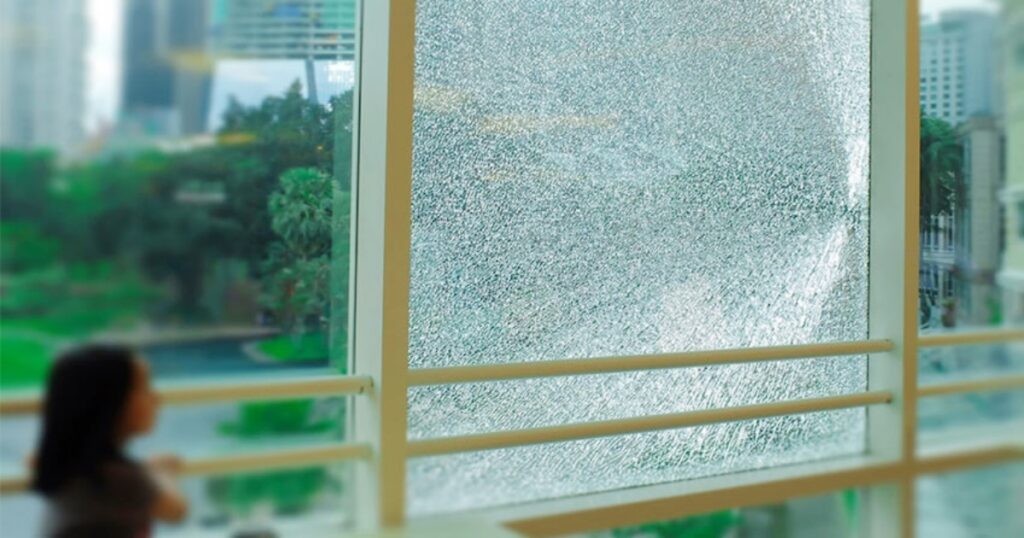Discover the true meaning of safety glass: laminated safety glass and tempered glass. Uncover why laminated safety glass triumphs in high-traffic areas.
What Is Tempered Glass?
Tempered glass is made through a process known as air quenching. This involves reheating basic glass to over 1,000 degrees F, and then cooling it rapidly, in order to seal the glass in a state of compression and keep the core in a state of tension.

This process makes tempered glass about four to seven times stronger than a basic glass of the same thickness. This process also makes tempered glass highly resistant to shattering due to its ability to bend without breaking.

Tempered glass is often referred to as “safety glass” because it meets the requirements of the various code organizations that set standards for safety glass. Because of its wind resistance and ability to withstand high amounts of stress. Tempered glass is also used for:
- ◾Sliding doors
- ◾Storm doors
- ◾Building entrances
- ◾Balustrades
- ◾Bath and shower enclosures,
- ◾Interior partitions
- ◾Other uses requiring superior strength and safety properties
What Is laminated safety glass?
Laminated safety glass is two or more lites (pieces) of glass permanently bonded together with one or more plastic interlayers (PVB) using heat and pressure. The glass and interlayers can be a variety of colors and thicknesses designed to meet building code standards and requirements as necessary.
When laminated glass breaking, the fragments will tend to adhere to the plastic layer and remain largely intact, reducing the risk of injury. Laminated glass is considered “safety glass” because it meets the requirements of the various code organizations that set standards for safety.

Heat-strengthened and tempered glass can be incorporated into laminated glass units to further strengthen the impact resistance. Hurricane resistance, the need for bomb blast protection, sound attenuation, and ballistic or forced-entry security concerns are all primary uses for laminated glass.
Also, laminated safety glass can be used for windows and doors, as well as numerous other household uses, including:
- ◾Buildings where hurricanes or other natural disasters are high risk.
- ◾Windows for companies or homes at higher risk of break-ins
- ◾Display cabinets for valuables, such as jewelry stores
- ◾Aquariums or animal enclosures
- ◾Glass floors
- ◾Glass stairs
- ◾Skylights
- ◾Glass roofs
What happens when laminated glass breaking?
Both laminated safety glass and tempered glass are safer than regular glass when it comes to how the glass breaks.
When laminated glass breaking, the broken glass sticks to the interlayer that binds the glass, rather than falling to the floor. Tempered glass shatters into rounded cubes instead of jagged shards, reducing the potential for injury and making cleanup a much easier process.
However, for laminated glass safety, in the pre-glass breakage phase, it allows the transfer of shear stresses between the glass plies, ensuring that the flexural inertia of the laminated safety glass element is higher than the sum of the inertial of the isolated glass plies. In the post-glass breakage phase, the glass shards remain attached to the polymer so that the assembly maintains a certain cohesion. This provides a small but significant load-bearing capacity, avoiding injuries due to catastrophic collapse.
The laminated safety glass response in the post-critical phase is highly dependent on the bridging between adjacent glass fragments ensured by the polymer, and results from a combination of the elongation of the interlayer and the delamination from the glass shards near the cracks. Henceforth, factors that influence the post-breakage response are
- ◾Glass-interlayer adhesion properties;
- ◾Interlayer stiffness, depending upon polymer type, temperature, and load duration;
- ◾Size and shape of the glass fragments, which are influenced by the type of glass, treatments to which it has been subjected, glass thickness, type of load, loading rate, and type of constraints.
Remarkably, the adherence with the glass fragments produces the tension stiffening of the polymeric film, which otherwise would present negligible mechanical performance.
Conclusion
The laminated glass vs. tempered glass comparison often comes up when building owners are considering the best option for their glass options. There is no doubt that laminated safety glass is the safer option.
Shenzhen Dragon Glass is a world leader in laminated glass manufacturing. We provide customized services to give you the best solution that accommodates all your needs, from iconic architectural projects that push the boundaries of glass technology, to economical home glass, guaranteeing good quality products and excellent customer service.
Dedicating themselves to making each piece of glass perfect! That is the reason our company keeps growing bigger and bigger. Contact us, and let’s make wonderful glass projects together.

